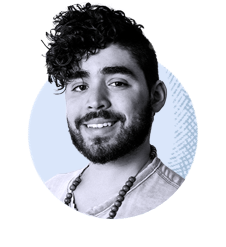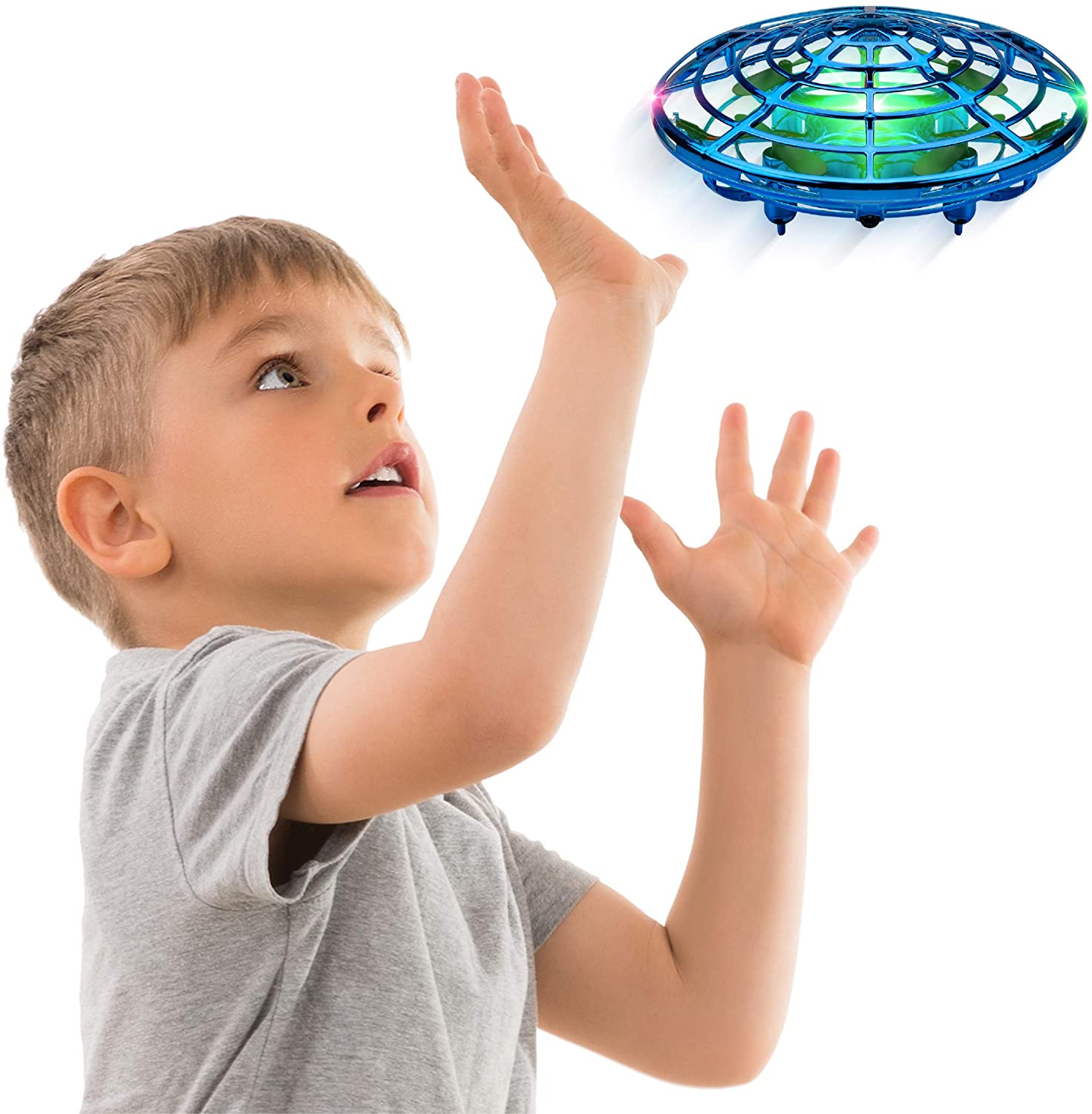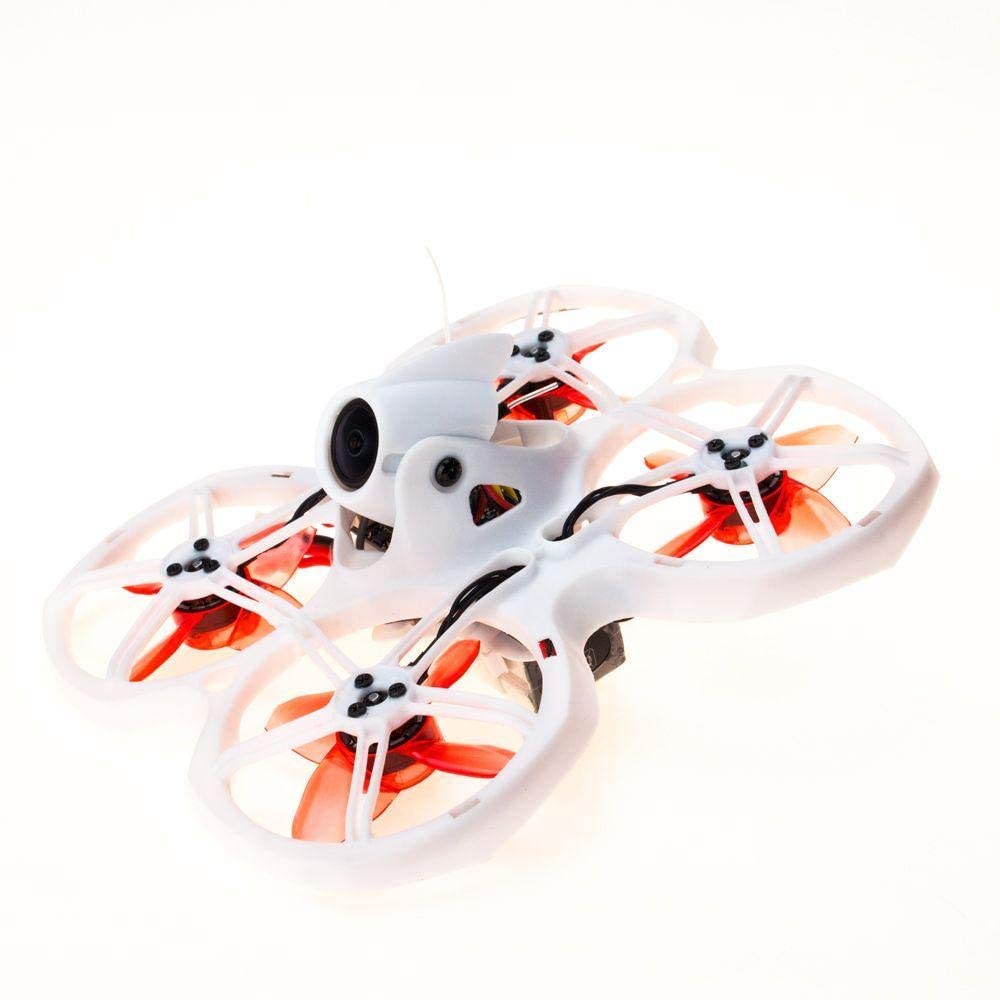The Best Kids Drones for Your Money
Drones can be fun for people of all ages. But the most advanced models require lots of practice and can be dangerous in the hands of an inexperienced pilot. They’re also usually very expensive. Thankfully, there are smaller, more affordable drones with simplified controls and added safety features that are perfect for children.
Kids’ drones are usually 5 square inches at most, which is much smaller than a regular drone. This makes them indoors-friendly, where kids can practice in a controlled environment. Many models also add propeller guards, which can prevent injuries in case of accidental collisions.
Ease-of-use features are also common in kids’ drones, to help users as young as age 6 and up start flying right away. These come in the form of piloting assists, such as altitude hold (an auto-hover feature), headless mode (left/right are based on the pilot’s point of view, not the drone’s), and single button takeoff/landing. By taking care of the more complicated parts of flying, kids can focus on making the drone go where they want.
Some models don’t even need a remote control. Instead they use built-in sensors that move the drone away from nearby objects, letting you guide them with your hands to “push” them along. Though these mainly fall in the “toy” category due to their low flight altitude, some models for older children are capable of tricks worthy of remote-controlled drones themselves.
One thing to keep in mind is that the batteries on children’s drones don't last very long. Standard drones can usually stay in the air for 20 minutes, at least, while children’s models often barely make it past 8. It’s nice, then, that many kids models include additional batteries to extend flight sessions. They also often include spare parts, especially propeller blades, which tend to suffer the most damage from bumps and crashes.
Lastly, it’s important to pay attention to your preferred drone’s weight. Drones weighing 0.55 pounds or more are to be registered with the FAA. Most children’s drones stay well under this weight limit, but it can become a concern when graduating to more advanced models. Thankfully, the application process can be completed online, and a three-year license costs just $5. (You can read more about the relevant rules and regulations on the FAA’s website.)
Best drone for kids buying guide
Basic kids drones typically cost between $20 to $50. Higher-end small drones aimed at kids and the general public start at about $100. Meanwhile, full-size drones are usually priced at $100 up and can easily cost well over $1,000.
When shopping around for one of these nifty machines, look for the following features to make sure you’re choosing the right model for your child:
• Guarded propellers. Standard drones have fully or partially exposed propeller blades, which can cause serious harm or injury to adults and children alike. Drones with enclosed propeller blades will greatly reduce the risk of harm while your child learns the ropes of drone flying. They also help protect the propellers themselves, reducing the need to replace them due to crashes.
• Altitude hold. Full-feature drones usually require constant attention and minor corrections to make them hover in place. Kids’ drones with altitude hold features, however, will remain at the height and position where your child last directed it to (in windless situations).
• Headless mode. Normally, drones turn left or right based on where the device’s front end is facing. So-called "headless mode" allows for steering based on where the pilot is facing so that left and right stay consistent throughout a flight.
• Single button takeoff/landing. Taking off and landing are piloting 101, but they’re hard skills to master. A single button takeoff/landing mode helps your child get to piloting quicker.
• Portability. Children’s drones are smaller than standard drones, which makes them great to take on the go or even operate safely inside your home.
• Camera. Cameras are a common feature in both professional and recreational drones. Some kids’ models also sport cameras, allowing children and beginners to develop their aerial photography and piloting skills at the same time.
Best drones for kids
1. Editor's pick: Potensic A20 Mini Drone
Potensic manufactures some very popular drones, and the A20 is its smallest, most affordable and easiest-to-use model.
At just over 3 square inches (slightly wider than a can of soda), the A20 is the perfect size for practicing flight indoors, yet is sturdy and stable enough to be flown outdoors in good (non-windy) weather. Like many models geared toward children, it has a headless flight mode, altitude hold and single-button takeoff/landing features.
Though normally listed at $50, the A20 can often be found on sale for under $30. This is an especially good deal considering it includes three batteries, which provides a combined flight time of up to 18 minutes (most drones this size will only fly for about 8 minutes). Its propeller blades are mostly covered, which is great for preventing catastrophic damage to the drone and, of course, potential injuries to anyone around.
Potensic also offers other solid alternatives to the A20, like the A20W, A30 and A30W. The A30 model is a slightly larger (and slightly more expensive) version of the same drone, while the W models include a camera that can record video and take pictures, adding a layer of entertainment and interaction to the flight. If your child is interested in taking photos and video with their drone, the A30W model is ideal due to its superior camera resolution.
2. Best hand-operated drone: Force1 Scoot Hand Operated Drone
The Scoot is a simple drone with a single propeller encased in a UFO shape. It has bright, colorful LED lights and comes in three color schemes (blue, red, blue/red). The drone is activated by gently tossing it into the air, where it will start hovering in place. It has sensors along its rim and on the bottom to guide it away from obstacles or so you can use your hands to move it along.
At 4.75” across, the drone is just small enough for children’s hands. The battery can last up to 8 minutes in flight, but it takes 50 minutes to fully recharge, which might not be ideal for long play sessions. Being so small and light (just 4.6 ounces), it should only be used indoors, since even a mild breeze could blow it away.
Children ages 8 and up might also be interested in the Air Hogs Supernova, which sports a similarly round design and is capable of tricks, though it has a similarly short battery life.
3. Best racing drone for teens: EMAX Tinyhawk 2 Indoor FPV Racing Drone
If your older child has mastered the basics of drone piloting and is looking for something more exciting, the powerful EMAX Tinyhawk 2 is a solid choice.
While this is very much not a toy, the Tinyhawk 2 has fully covered propeller blades, which is an important safety feature. That’s a good thing, too, because the Tinyhawk 2 is a racing drone that can reach speeds of up to 50 mph, which is dangerous enough on its own.
Because this is a more advanced type of drone, it doesn’t include ease-of-use features such as altitude hold, single button takeoff/landing, or headless mode. On the other hand, it allows for a greater degree of customization, from changing internal components (circuit boards, propellers, etc.) for performance tweaks to reprogramming the remote control to perform specific functions. While there are “barebones” models available for around $100, the ready-to-fly versions are almost always found for $200, since there’s less work needed to get started.
The Tinyhawk 2 is not recommended for outdoors use, given its small size and light frame. Still, if you feel lucky on a windless day, there are also drone racing and obstacle courses available for sale to challenge your child’s piloting skills even further. Of course, nothing is stopping you from building a homemade indoors flight course — except maybe the prospect of broken light bulbs, decorations or other delicate home fixtures that the drone could crash into. For best results, fly it somewhere like a large basement or perhaps an empty gym to make the most of its high top speed.
4. Ryze Tello EDU: A good alternative for budding programmers
Kids who are fond of both drone piloting and computer coding will love the Tello EDU. This small drone is easy to control, needing only a gentle toss to take off and a smartphone to control it in the air. Its four propeller blades include basic guards to avoid damage, but they are still exposed enough for potential injury, so be mindful about where your child flies the drone.
What makes the Tello EDU stand out is the fact that it includes software that teaches coding in three different languages — Python, Scratch and Swift. You can program preset flight paths, use “mission pads” to build an automated flight course, or even link up to four Tellos to fly in a swarm. It also includes a 5 MP camera that can record video in 720p, which is basic “high-definition” resolution.
More from Money:
The Best Tablets for Your Money
The Best Gaming PCs for Your Money
The Best Smartwatches for Your Money, According to Tech and Fitness Experts





